There, Catholic symbols hardly exist anymore. There is no altar, no crosses. On the walls, traces of paintings of various saints remain. The Igreja da Misericórdia, in Odemira, has an unfinished, naked air. It is closed to worship, but its doors are now open again. In the center are six men, all Sikhs They put on their turbans, while dozens of people fill the church, showing that, above any religion, interculturality is an essential value on the Alentejo coast.
The “Bowing” isn't even a complete novelty for those parts.
The show by Madalena Victorino, included in the program of “Lavrar o Mira e a Lagoa”, has already walked, last year, by São Teotónio, where he led hundreds of people to get to know better, for example, Laxmi, Milan or Rajendra.
They are people that many cross paths with, in the routine of the day, but who will not always understand. They are all Asian immigrants, coming from countries as far away as Nepal, India or Bangladesh.
Some work in intensive agriculture; others study. Some, like Laxmi and Rajendra, participate, again, in “Bowing”.
After São Teotónio, this «spectacle full of humanity» is in Odemira for three days of exhibitions, always with the same objective: to bring cultures together.
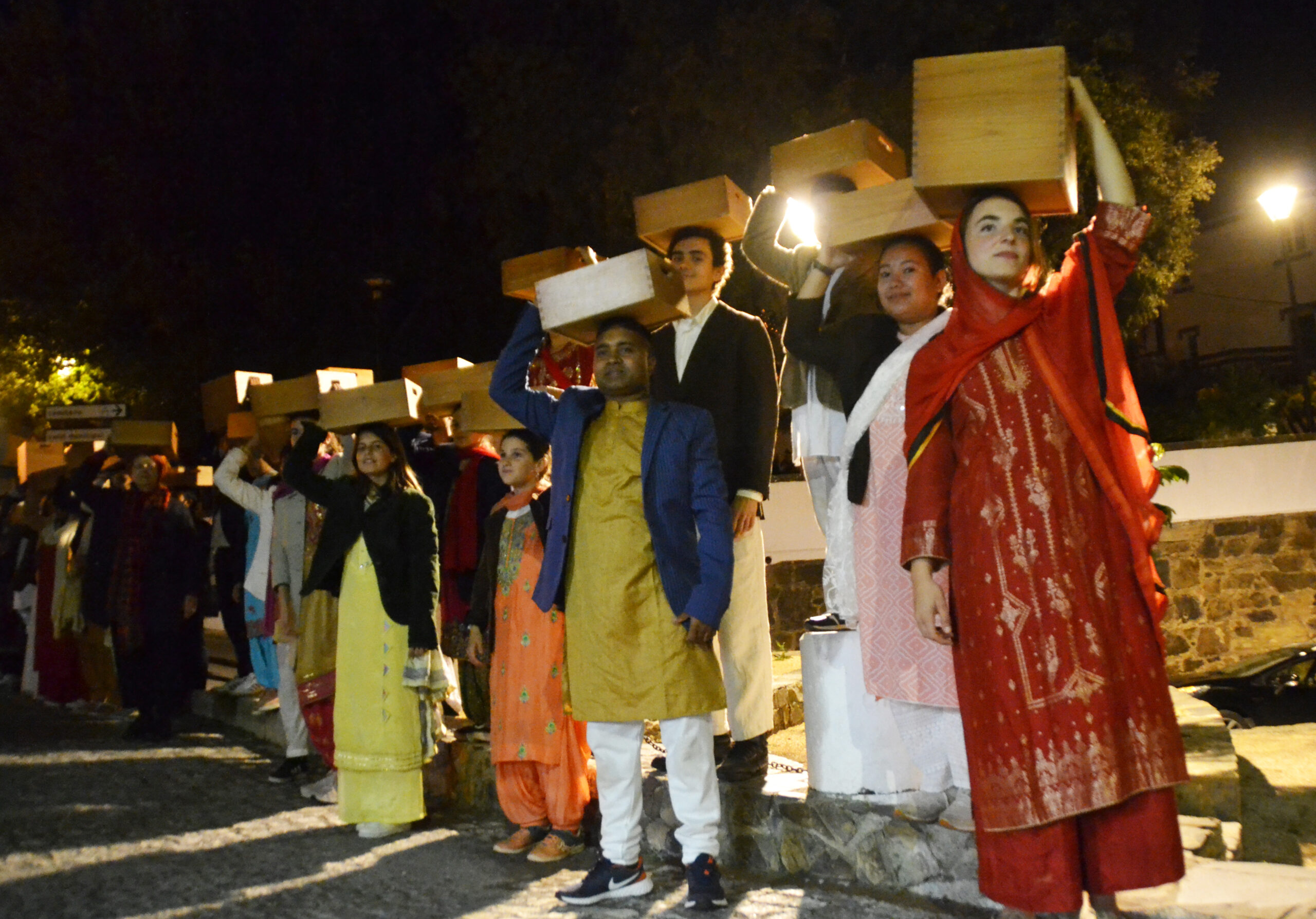
It all starts in Odemira's Riverside Garden, next to the pedestrian bridge, after nightfall in the village.
The group arrives and the heterogeneity immediately amazes anyone: there are Indians, Nepalese, Portuguese, Bengalis.
"This is for you. I live here. It's on earth: it's not in heaven», they say, to start the show.
And the words echo in our memory because, over the course of about three hours, this is the message that passes: the thousands of Asian immigrants who live in Odemira (in 2020 there were almost 10 thousand, today there will be many more) are part living in that county and have to be integrated.
«What we want is to bring these people together. I think that within the project there is a very good dynamic, we are closer, Portuguese, immigrants... We have an open relationship, sharing emotions, problems, dreams», says Madalena Victorino.
Throughout the show, which will end at the Igreja da Misericórdia with the community Sikhs, it is she who will command the operations.
From Jardim Ribeirinho de Odemira, we set off for the center of the village. Spectators are welcomed in a large square, next to the Municipal Market.
«Come and dance!», invites Madalena. And soon dozens join the dance, with oriental songs, sung by the young Muhammad Shoaib.
At those times, this cultural approximation that guides the show is clearly reached. Just watch to feel it. But it's not always so.
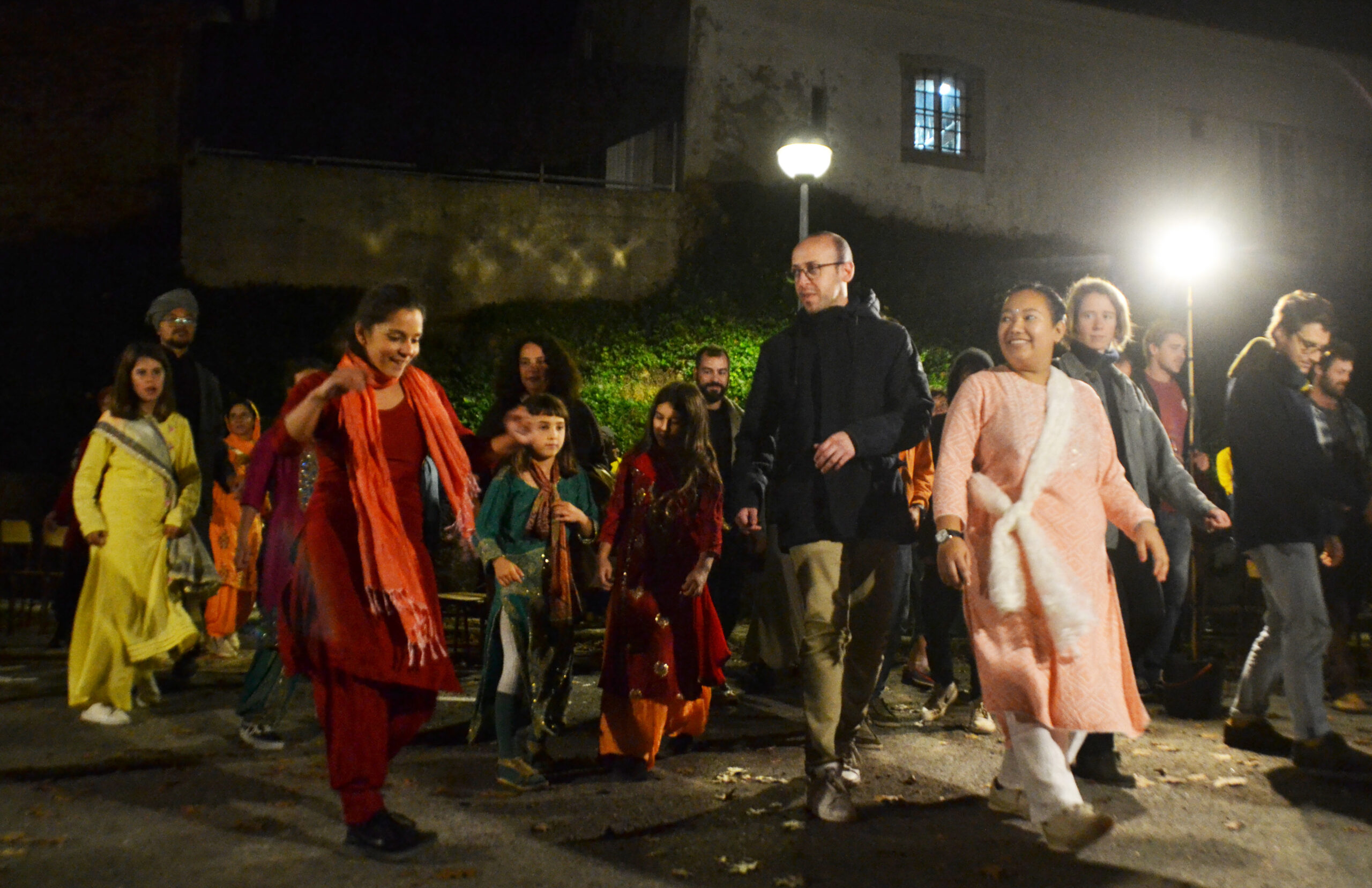
«The Chamber of Odemira is in a very interesting moment, of openness and work on these issues, but what I feel is that, from the people, there is still a lot of reserve in relation to this presence that is strong», regrets Madalena Victorino.
The cultural programmer assumes that the flow of immigrants «is large» and that this has its impacts.
«The populations, the locals, are facing these changes, trying to digest them, and I am trying to contribute, with my art, to this cultural rapprochement», he adds.
Putting ourselves in the shoes of the thousands of immigrants who arrive in Odemira is a step. This is what is done in the “new Aliens and Borders Service”, one of the other stages of the “Bowing”.
The setting is the former residence of students of the Secondary School of Odemira, which is closed. It was there that the students, who came from towns in the interior of the county, where there was no public transport, lived.
The space, deactivated for years, was reused by “Lavrar o Mira e a Lagoa” to also satirize the long bureaucratic process that any immigrant faces when arriving in Portugal.
In one of the rooms, there is a man, sitting at a desk, surrounded by papers, simulating a SEF worker.
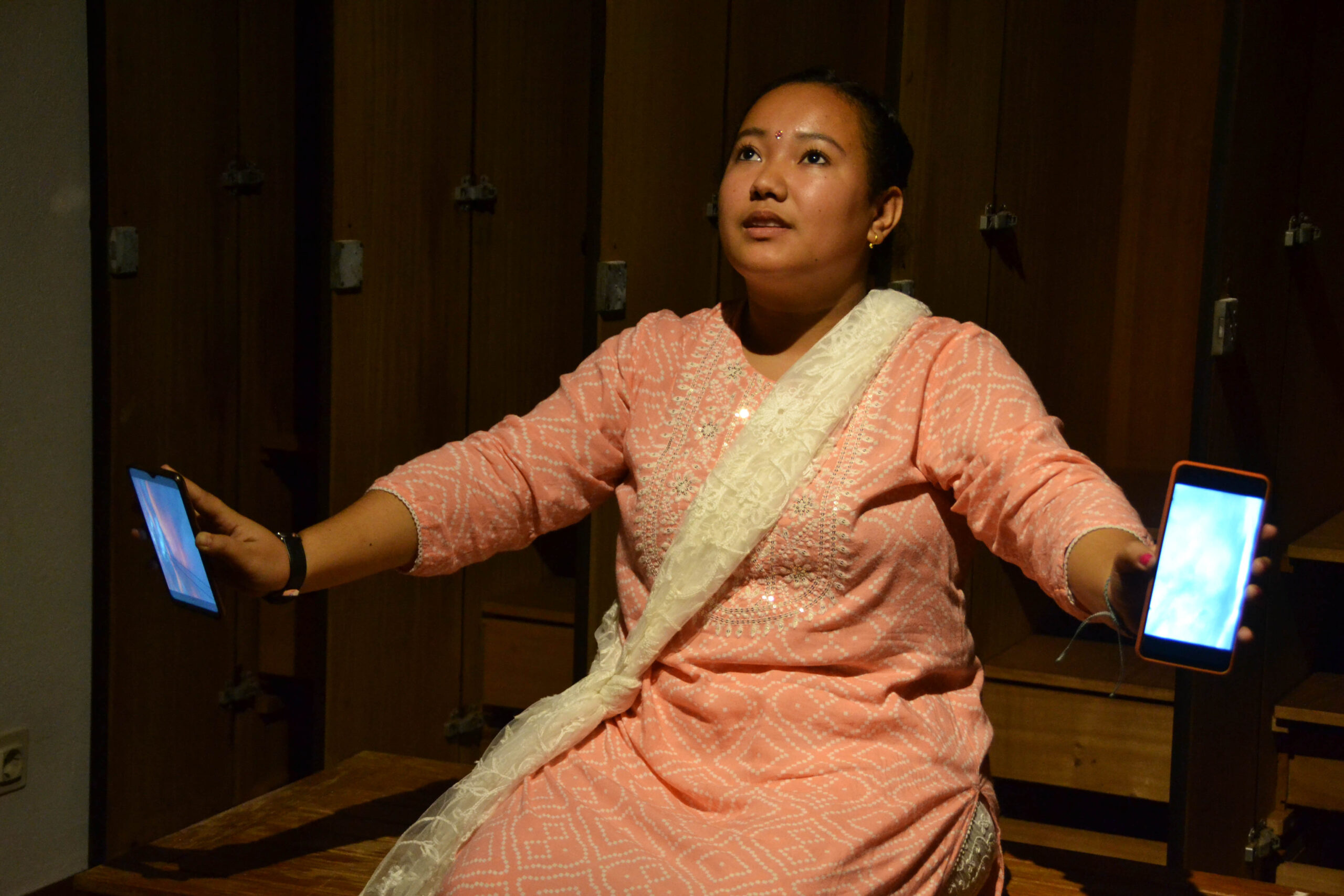
In another, we find Laxmi who, in Portuguese and Nepali, tells the story of the photographs he takes of the sky, from the Almograve bus stop, where he lives.
The show is coming to an end and one of the high points as well.
The Misericórdia Church opens its doors and, inside, six men, all of the religion Sikhs, with «very strong» representation in Odemira, put turbans on their heads.
Many of the spectators had their cell phones in hand to record the moment, which is certainly unusual, even in a territory with an increasing number of Asian immigrants.
The "Bowing" would come to an end minutes later and unexpectedly. One of the dancers, Maria Inês Lopes, also co-creator of the show, broke her arm during the performance, forcing the interruption and calling INEM, causing a lot of concern among the other cast members.
But not even this setback prevented the hundreds of people who watched and participated from leaving this show with the certainty that the acceptance of the other, of what is different, has to be a farol.
Today, Saturday, and tomorrow, Sunday, the 12th and 13th, there are more, starting at 19:00.
Photos: Pedro Lemos 🇧🇷 South Information
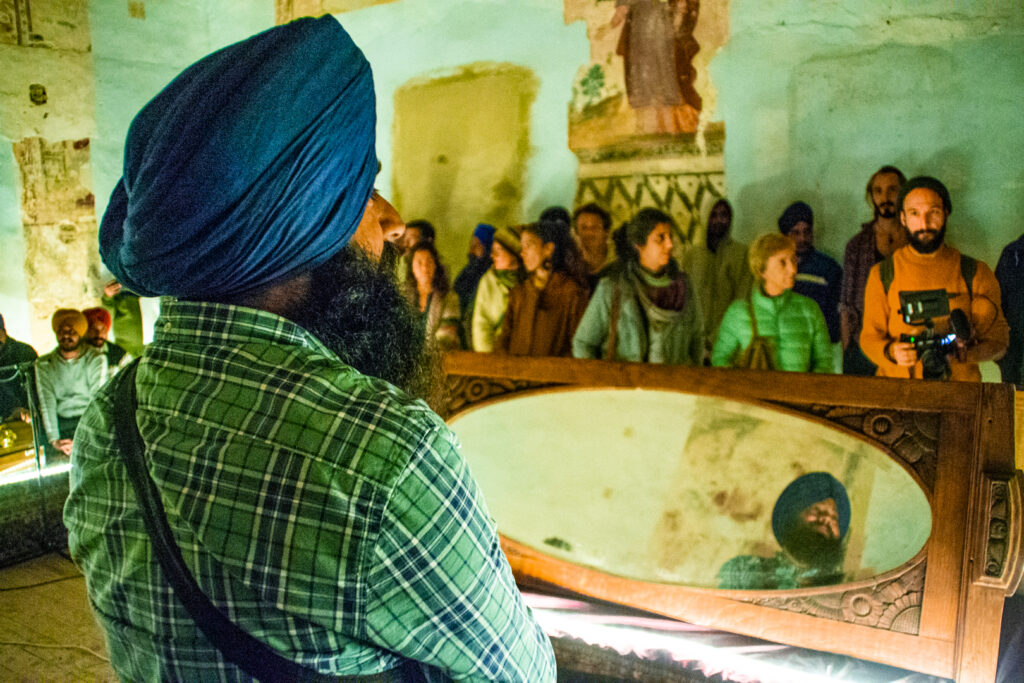
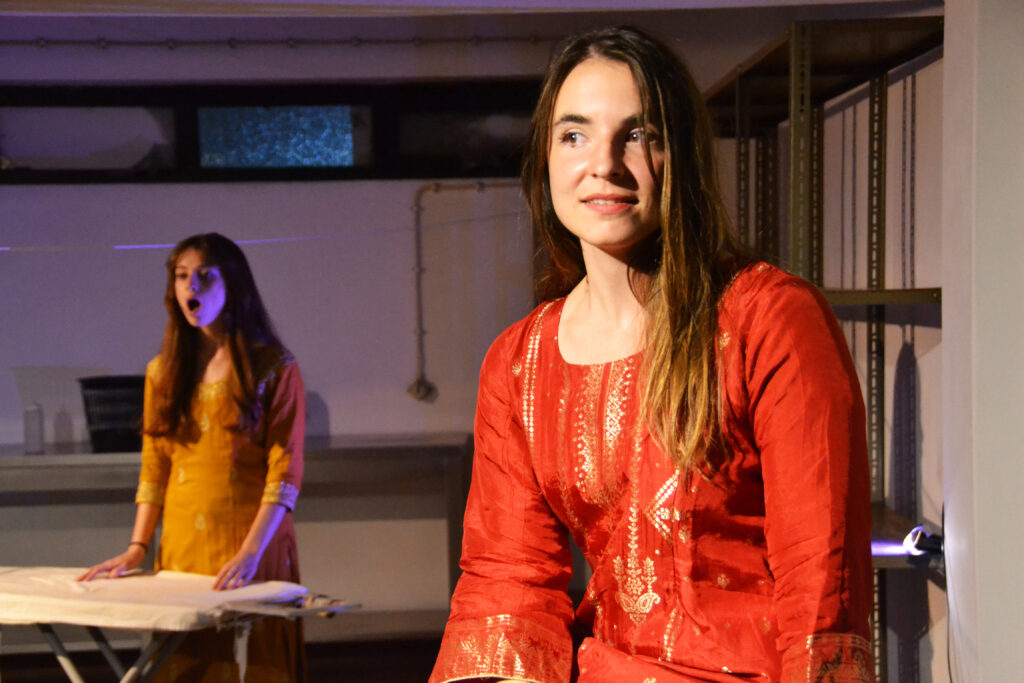
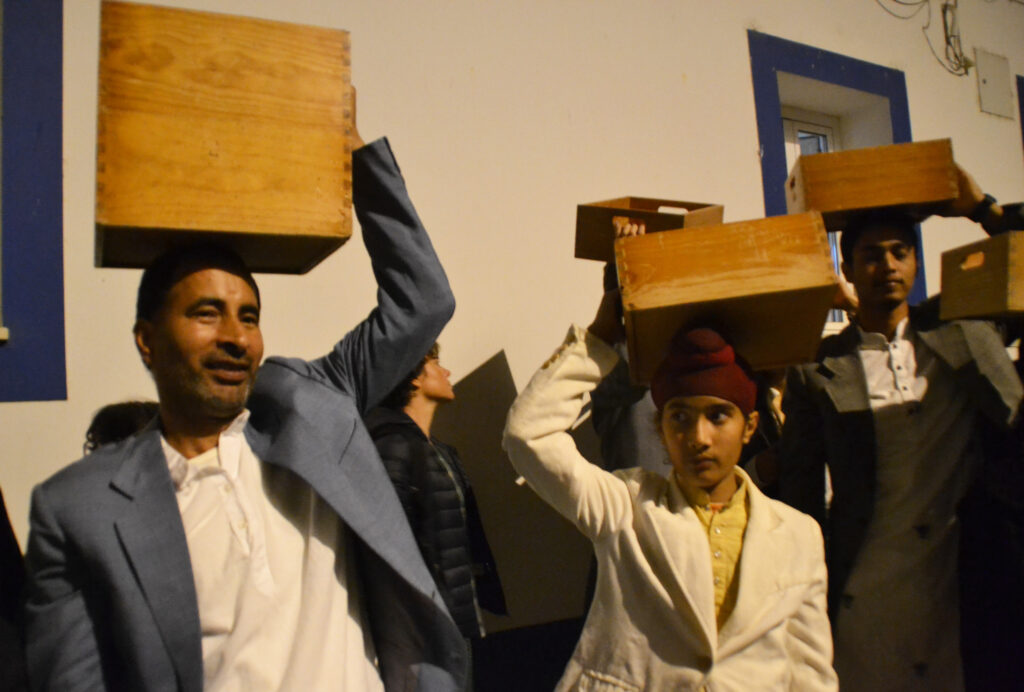
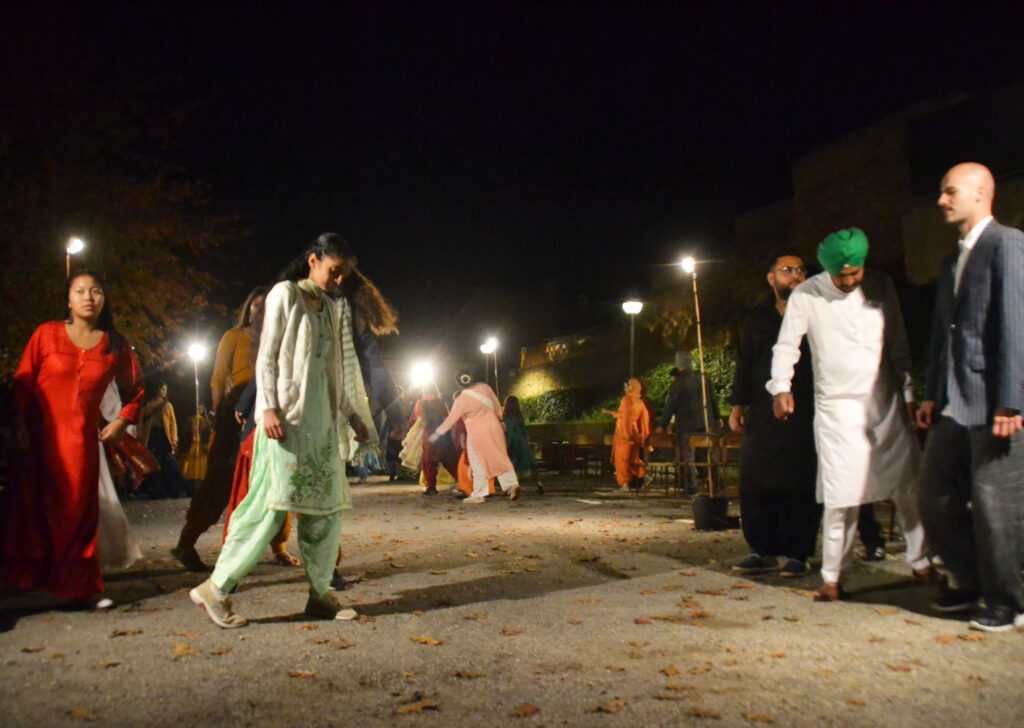
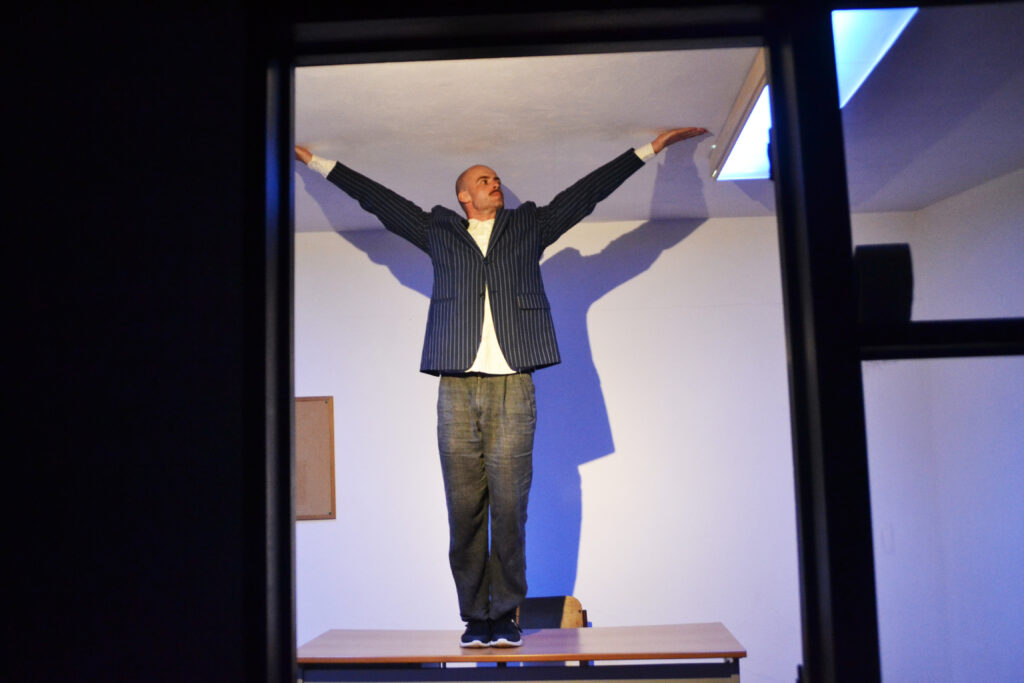
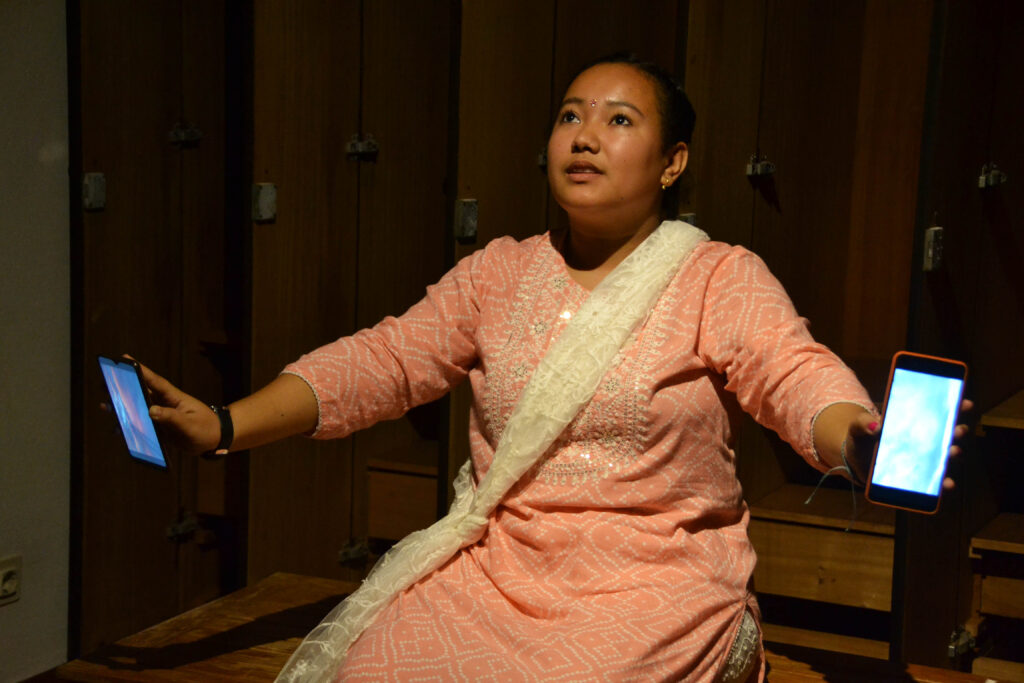
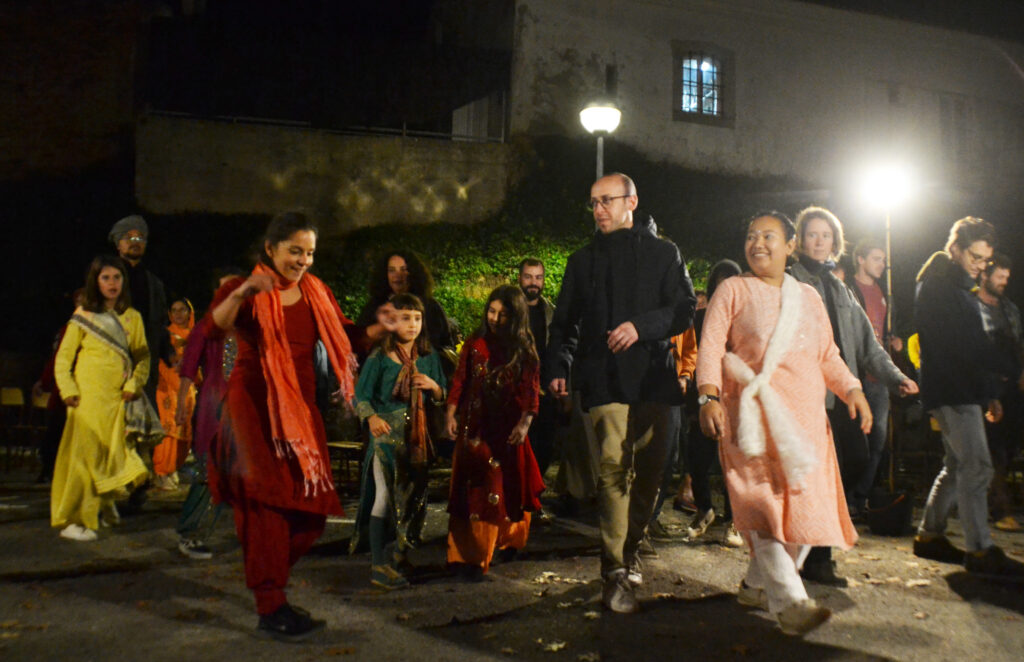
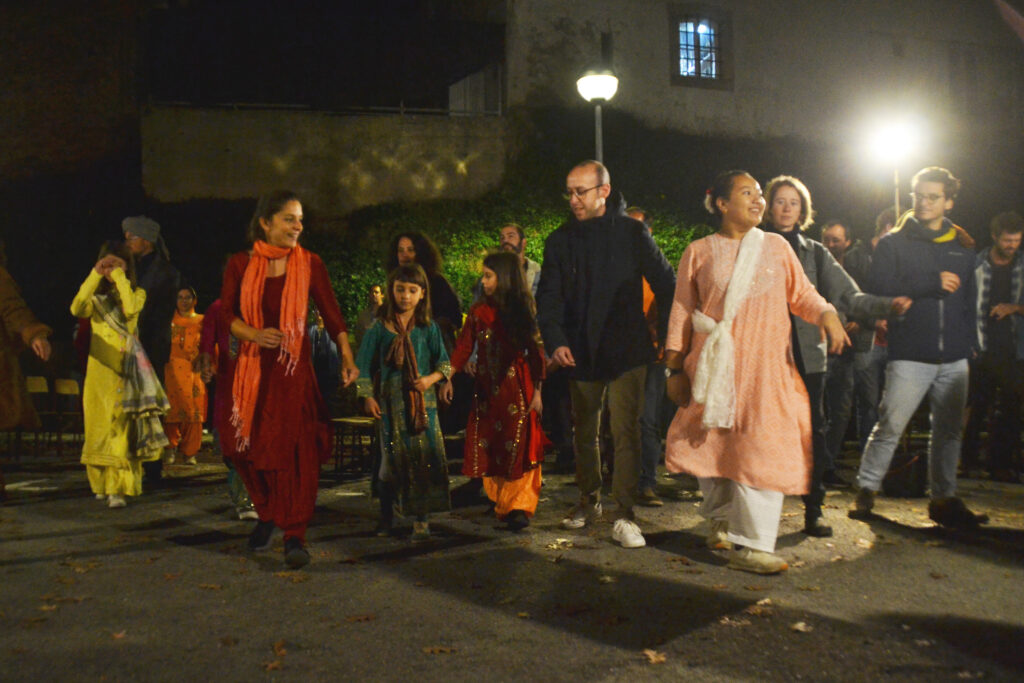
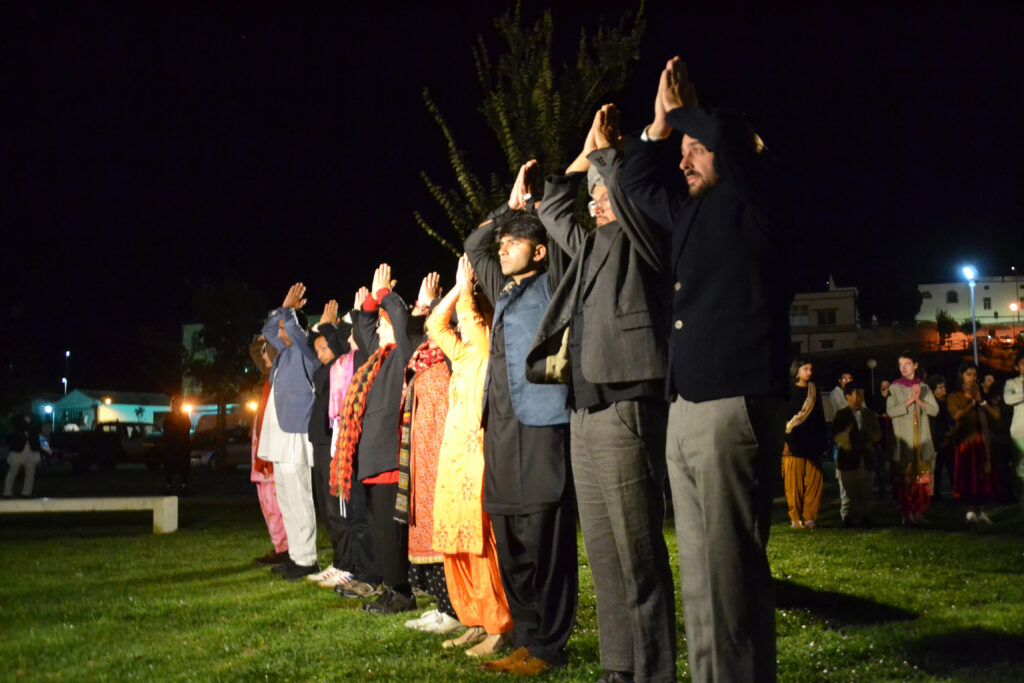
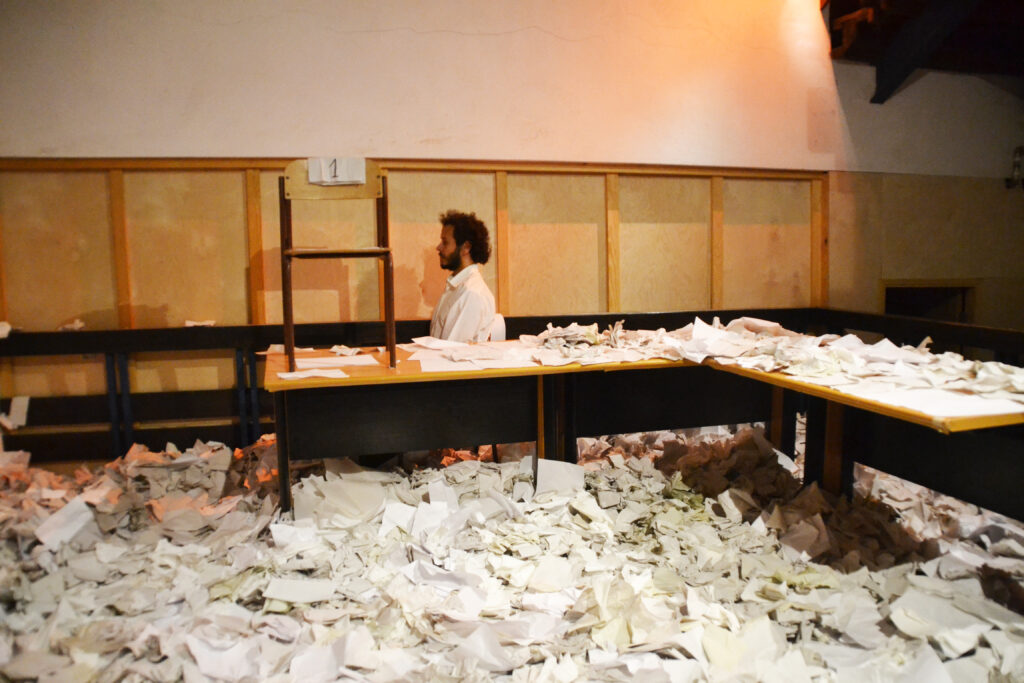
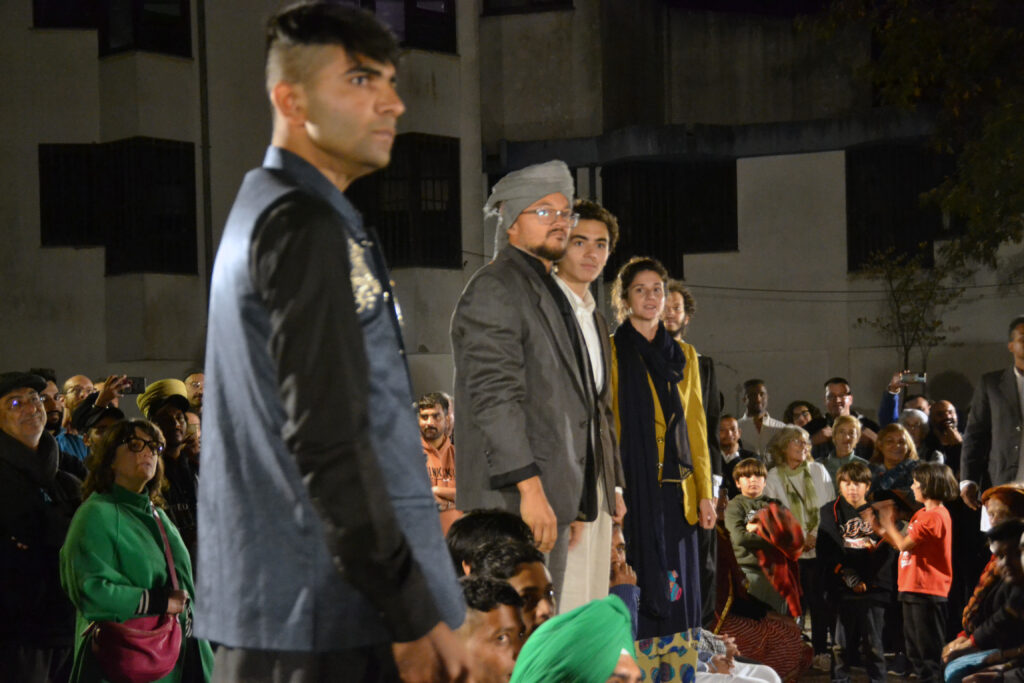
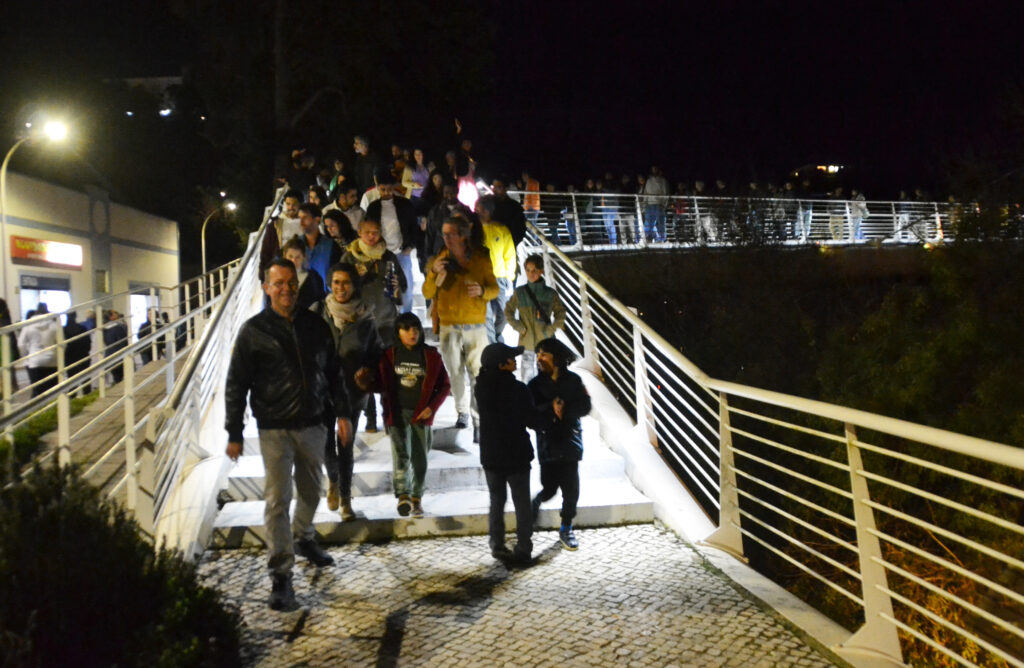
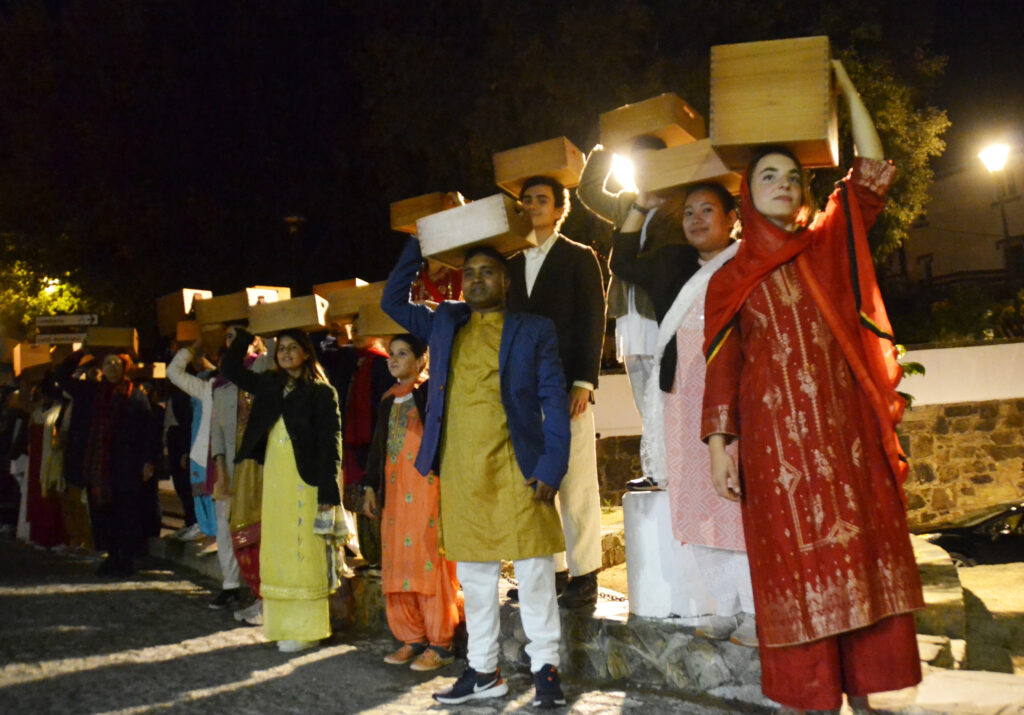



















Comments